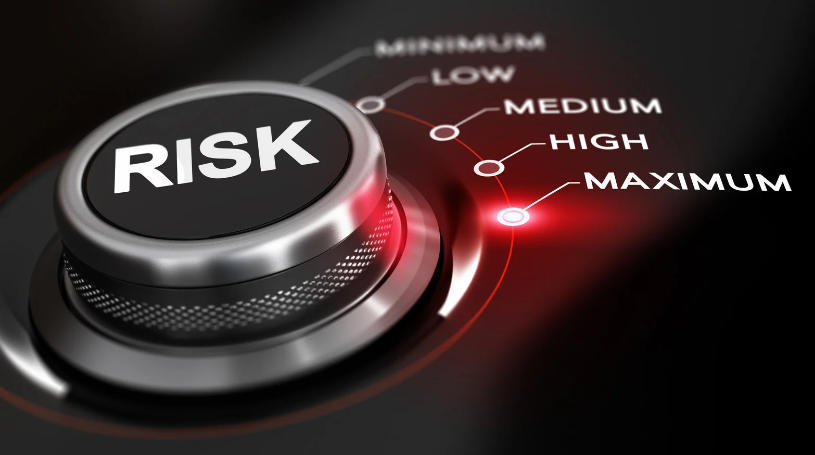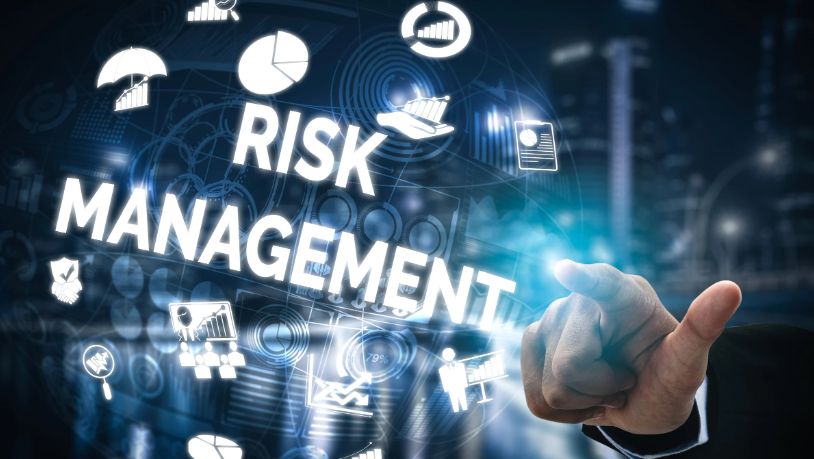Navigating the complex landscape of risk management can be a daunting task for any organization. In my experience, understanding the essential steps of a risk management framework steps is crucial for mitigating potential threats and maximizing opportunities. By breaking down the process into actionable steps, businesses can proactively identify, assess, and address risks that may impact their operations.
I’ll guide you through the key steps involved in a robust risk management framework steps. From establishing risk tolerance levels to implementing mitigation strategies, each step plays a vital role in safeguarding the organization’s interests.
Risk Management Framework Steps
The Importance of Risk Management
 Risk management is crucial for organizations as it enables me to proactively identify and address potential threats while maximizing opportunities. By following structured steps in a risk management framework steps, I can ensure that risks are assessed and managed effectively. This approach helps me enhance resilience, make informed decisions, and safeguard the organization’s assets and reputation.
Risk management is crucial for organizations as it enables me to proactively identify and address potential threats while maximizing opportunities. By following structured steps in a risk management framework steps, I can ensure that risks are assessed and managed effectively. This approach helps me enhance resilience, make informed decisions, and safeguard the organization’s assets and reputation.
In a risk management framework steps, it’s essential to establish clear risk tolerance levels. By defining these levels, I can determine the acceptable degree of risk exposure for my organization. Additionally, implementing mitigation strategies is key to reducing the impact of identified risks.
Identify the Risks
Types of Risks in Business
In business, there are various types of risks that organizations need to be aware of to effectively manage their operations. These include financial risks, operational risks, compliance risks, strategic risks, and reputational risks. Understanding these different types of risks is crucial in developing a comprehensive risk management framework steps.
Tools and Strategies for Risk Identification
When identifying risks, organizations can utilize tools and strategies to systematically assess and categorize potential threats. Common tools include risk registers, risk matrices, scenario analysis, and SWOT analysis. By employing these tools, organizations can proactively identify risks, prioritize them based on their impact and likelihood, and develop effective risk mitigation plans.
Assess and Analyze the Risks
Qualitative vs Quantitative Risk Analysis
 In risk management, there are two primary methods used to analyze risks: qualitative and quantitative. Qualitative risk analysis involves a subjective assessment of risks based on their probability and impact. It focuses on understanding the nature of risks without assigning specific numerical values. This method is useful when dealing with risks that are difficult to quantify precisely, such as reputational or strategic risks.
In risk management, there are two primary methods used to analyze risks: qualitative and quantitative. Qualitative risk analysis involves a subjective assessment of risks based on their probability and impact. It focuses on understanding the nature of risks without assigning specific numerical values. This method is useful when dealing with risks that are difficult to quantify precisely, such as reputational or strategic risks.
Prioritizing risks based on their potential impact is a critical step in the risk management process. By assessing the possible consequences of each risk, organizations can allocate resources effectively and focus on mitigating the most significant threats first.
When prioritizing risks, it’s essential to consider not only the financial impact but also other factors such as operational disruptions, regulatory penalties, and reputational damage. High-impact risks with severe consequences should be addressed with urgency to prevent significant harm to the organization.
Risk Response Planning
Choosing the Right Risk Response Strategies
 When it comes to choosing the right risk response strategies, it’s essential to consider the nature of the risks identified in the assessment phase. Each risk may require a different approach, whether it’s avoiding, transferring, mitigating, or accepting the risk. As I evaluate the risks, I consider the potential impact on the organization and the likelihood of occurrence to determine the most appropriate response strategy.
When it comes to choosing the right risk response strategies, it’s essential to consider the nature of the risks identified in the assessment phase. Each risk may require a different approach, whether it’s avoiding, transferring, mitigating, or accepting the risk. As I evaluate the risks, I consider the potential impact on the organization and the likelihood of occurrence to determine the most appropriate response strategy.
Implementing risk mitigation tactics involves putting the planned risk response strategies into action to reduce the impact or likelihood of risks. As I execute the risk response plan, I focus on implementing control measures, creating contingency plans, and monitoring key risk indicators. By proactively addressing risks and continuously monitoring their effectiveness, I can adapt my mitigation tactics to evolving threats and ensure the organization’s resilience in the face of uncertainty.


